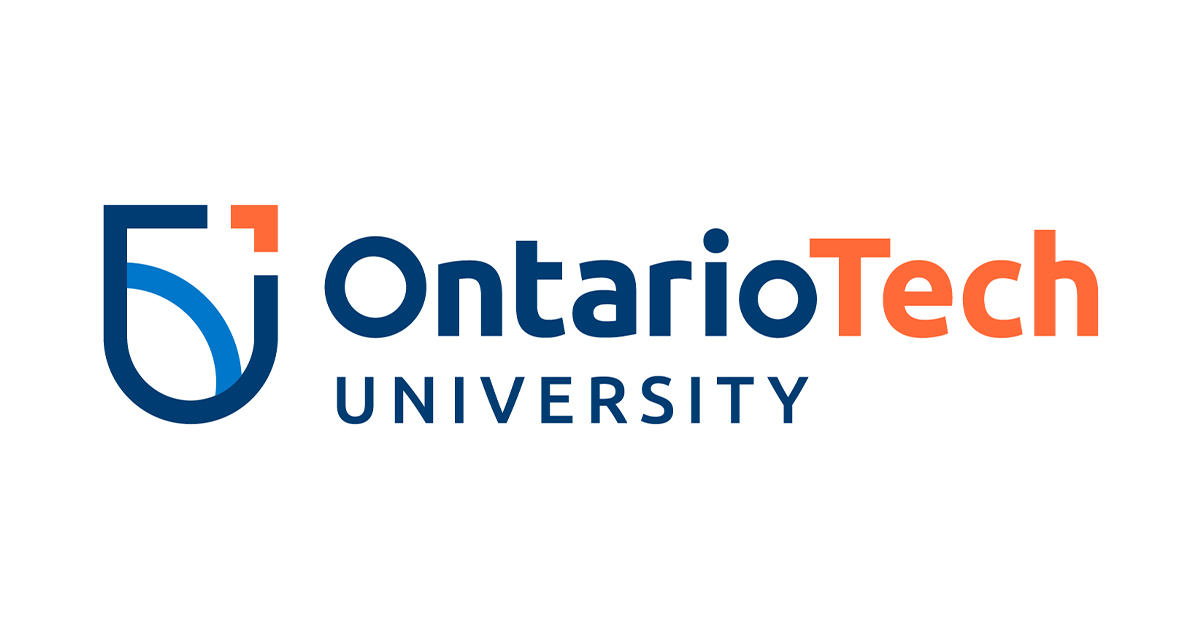Executive summary
Ontario Tech’s Fiscal Blueprint provides the campus community with an overview of the university’s upcoming 2024-2027 budget cycle. It outlines the key assumptions and factors that underpin the multi-year budget plan. In alignment with our commitment to the Integrated Academic-Research Plan (IARP) 2023-2028, we continue to pursue ambitious goals, while ensuring ongoing excellence and maintaining fiscal sustainability. The IARP encourages us to concentrate on our priorities and to invest effort into actions within our control to position ourselves for success, while avoiding distractions from external factors beyond our control.
Ontario Tech has accomplished many notable achievements in its first 20 years. Our growth, from an inaugural student class of 947, to now more than 11,000 students, underscores our exceptional efforts in recruitment, retention, and the provision of quality educational experiences. Notably, our student applications have outperformed the Ontario university system, with an impressive rise of almost 50 per cent in the past two consecutive years. We’re also gaining global recognition as we continue to receive strong reputational and research rankings from national and international organizations. Our successes are the result of deliberate and strategic actions that we’ve taken while operating in an increasingly complex local and global higher education sector.
We continue to strongly advocate to the provincial government for improved grant funding and flexible tuition frameworks, yet we remain bound by government policies that limit our grant, tuition and ancillary fee revenues. These revenues currently represent about 80 per cent of our total funding. In a landscape where costs are rising with inflation, our financial sustainability and our ability to plan for the future and invest in our priorities are called into question. To address these challenges, we recognize the necessity of integrated planning, as well as the need to pursue new partnerships and alternative revenue sources to build, support and invest in our core activities. The need for this approach has never been greater.
In this paper, we begin with a brief overview of the current provincial landscape and the public policy context within which post-secondary institutions are currently constrained. This is followed by an overview of the university’s assumptions as they relate to revenue streams and expenses for the 2024-2027 budget cycle. These serve as the foundation for discussing different budget scenarios, as well as the opportunities and challenges related to our revenue sources and expenses, potential investments, and budgetary reallocations as we deliver on our IARP goals.
